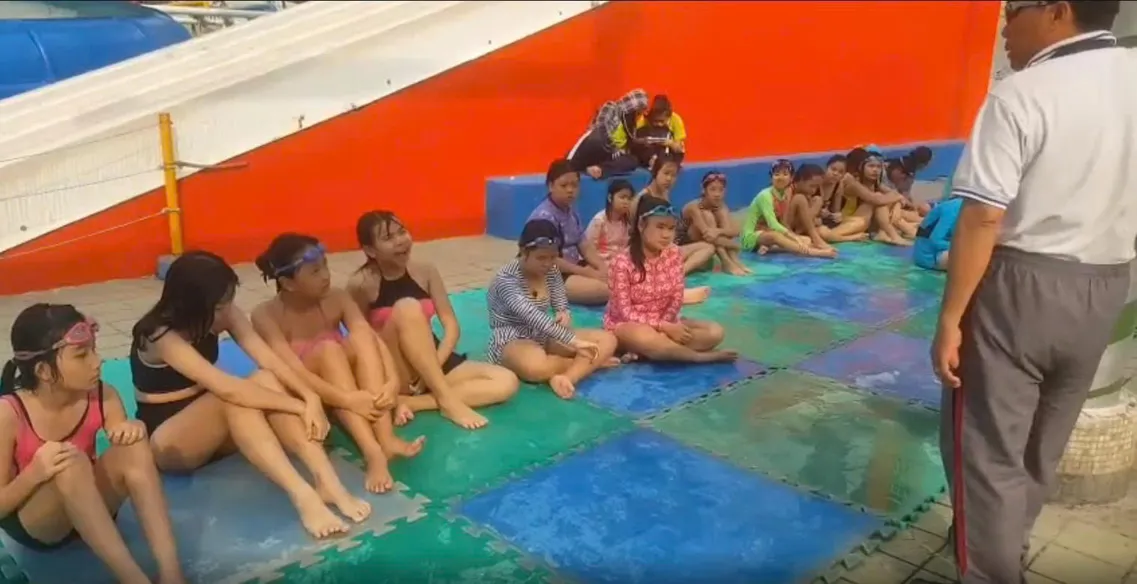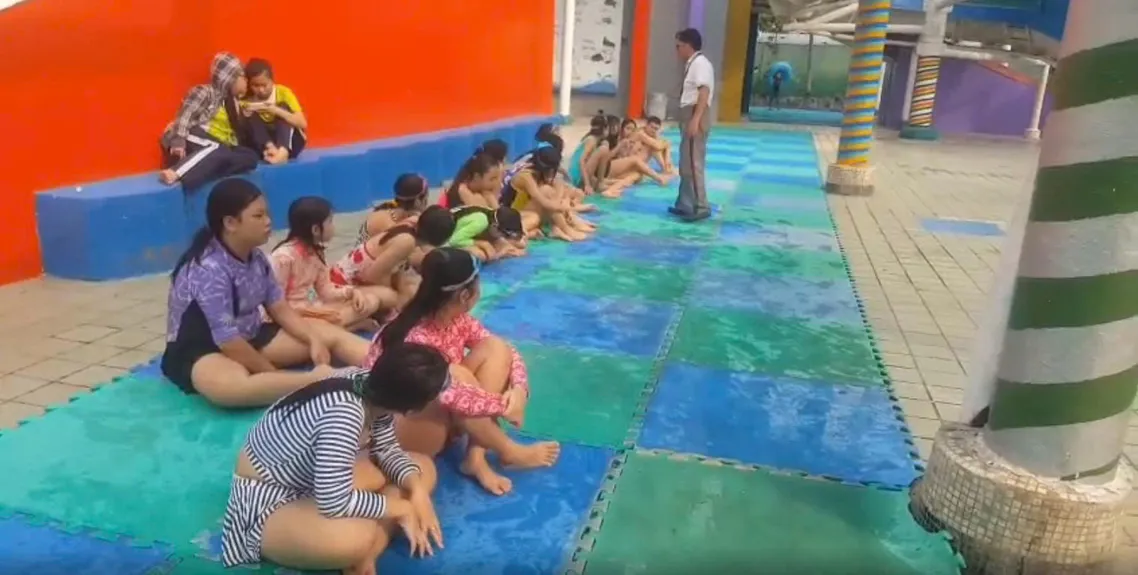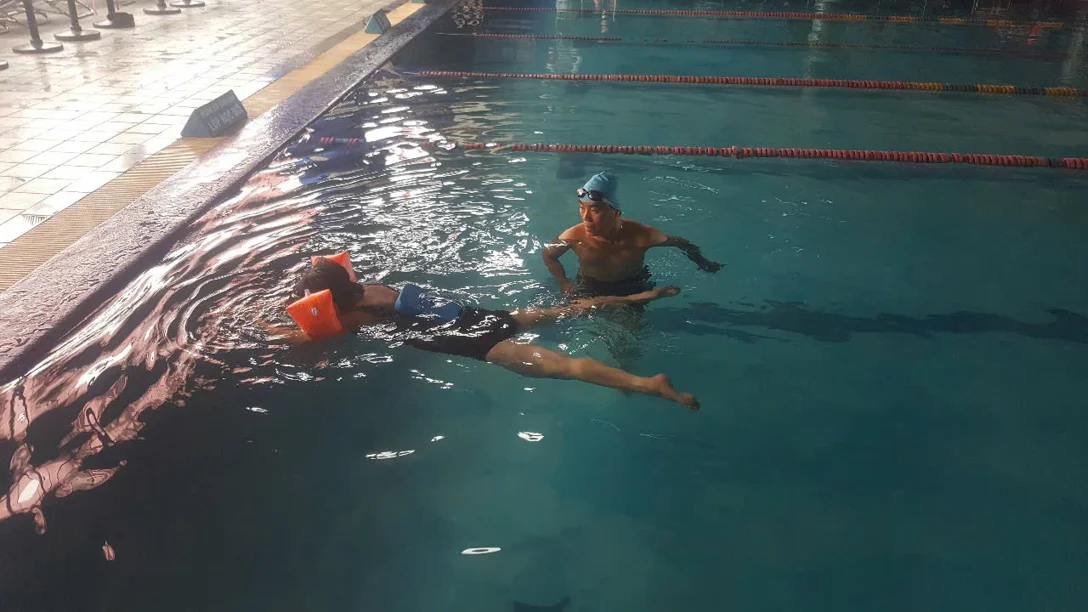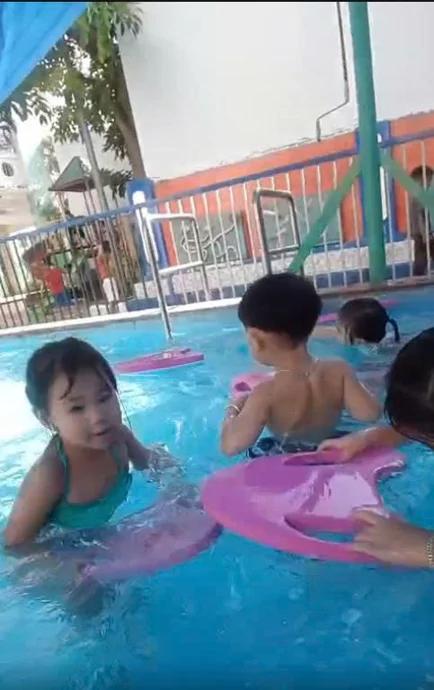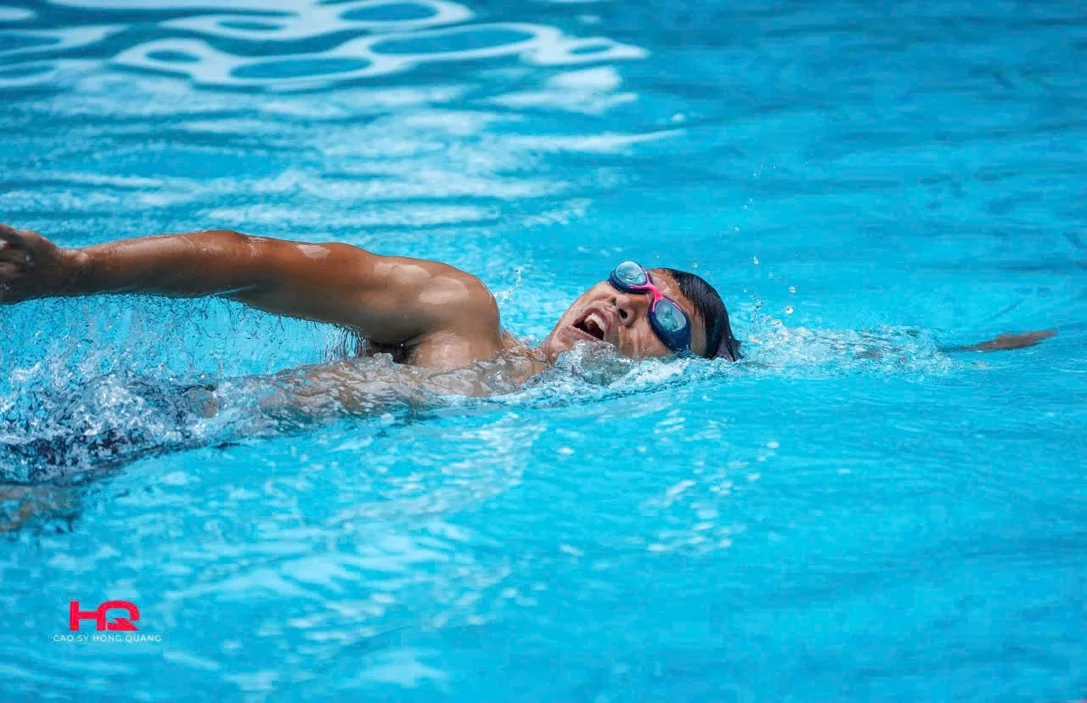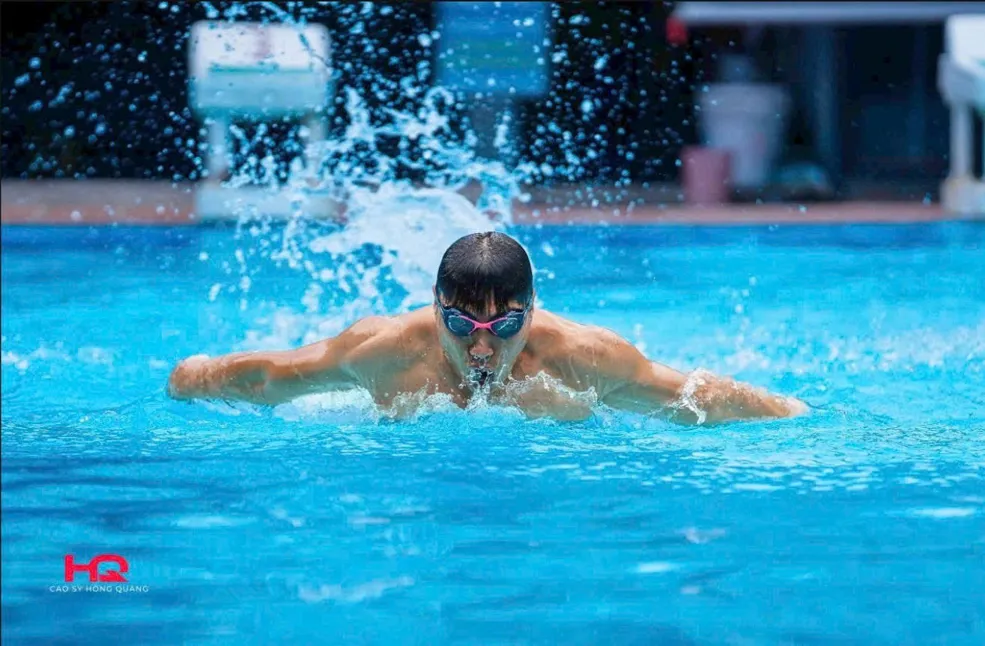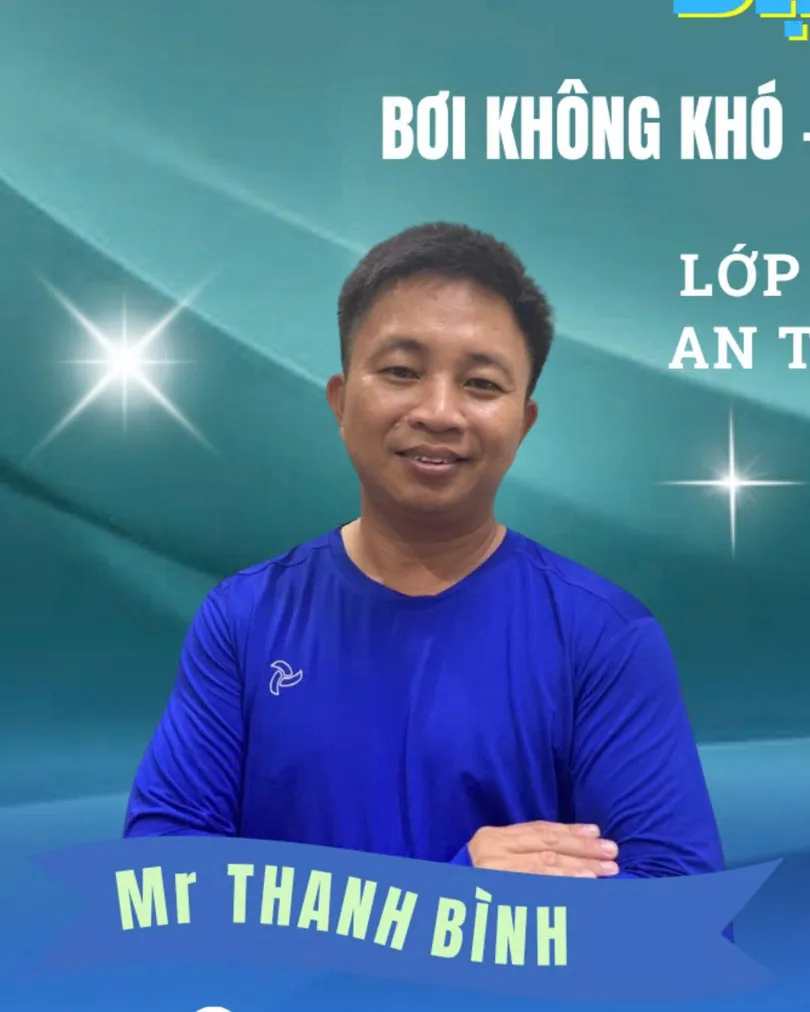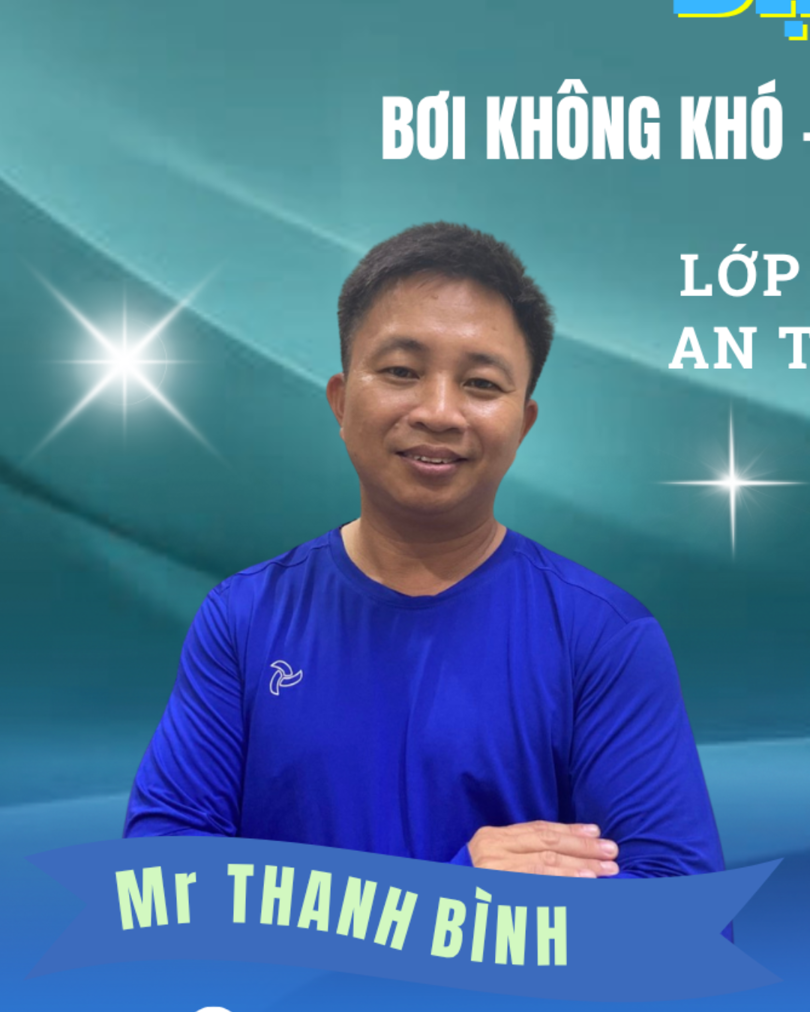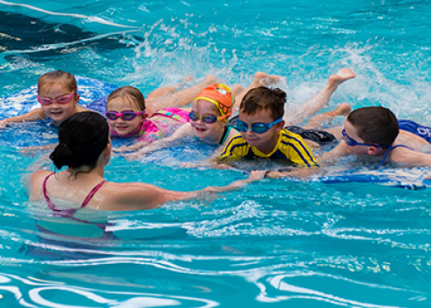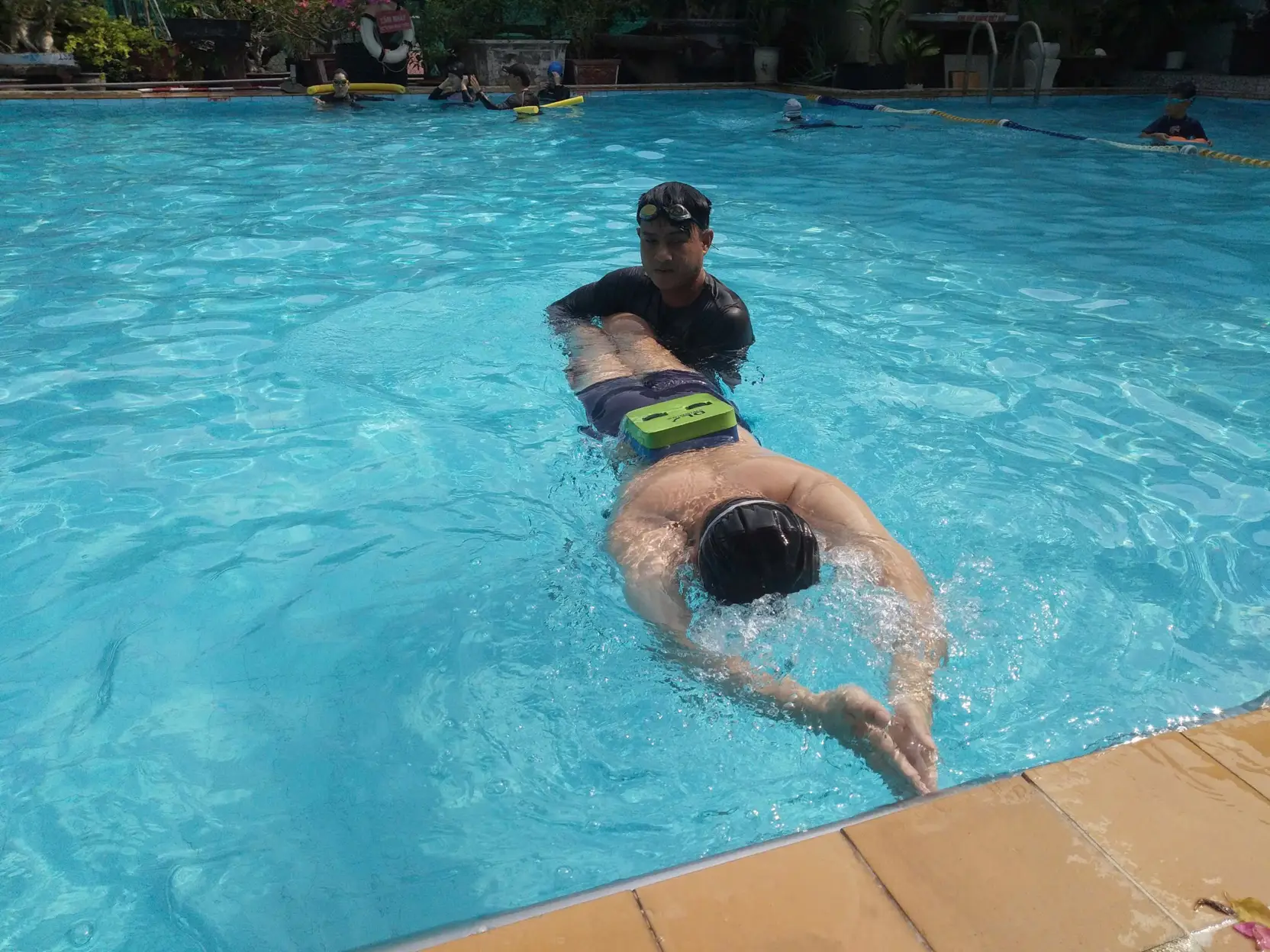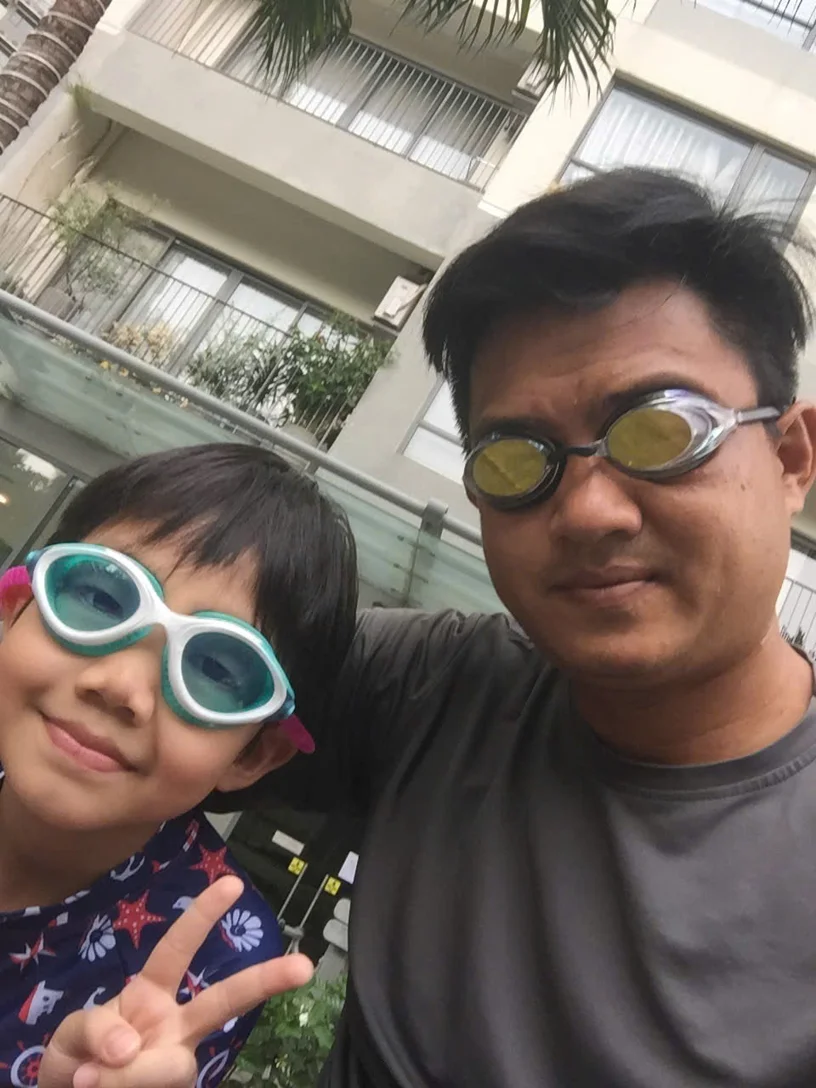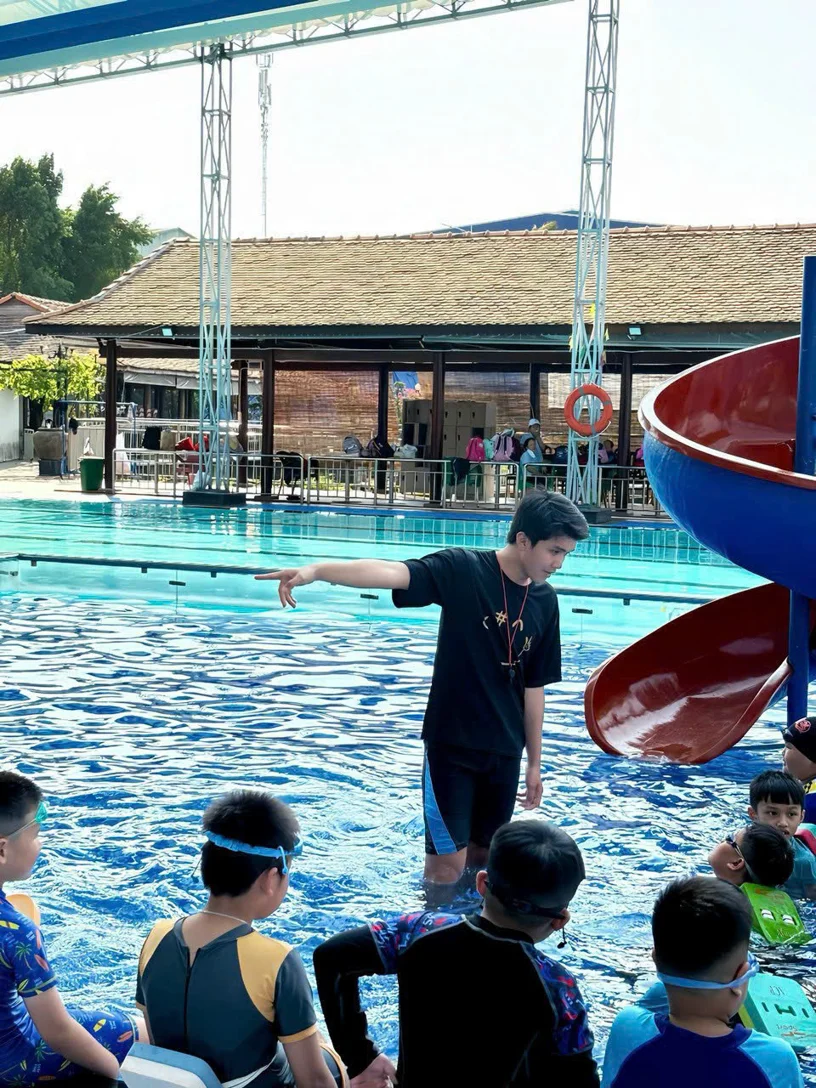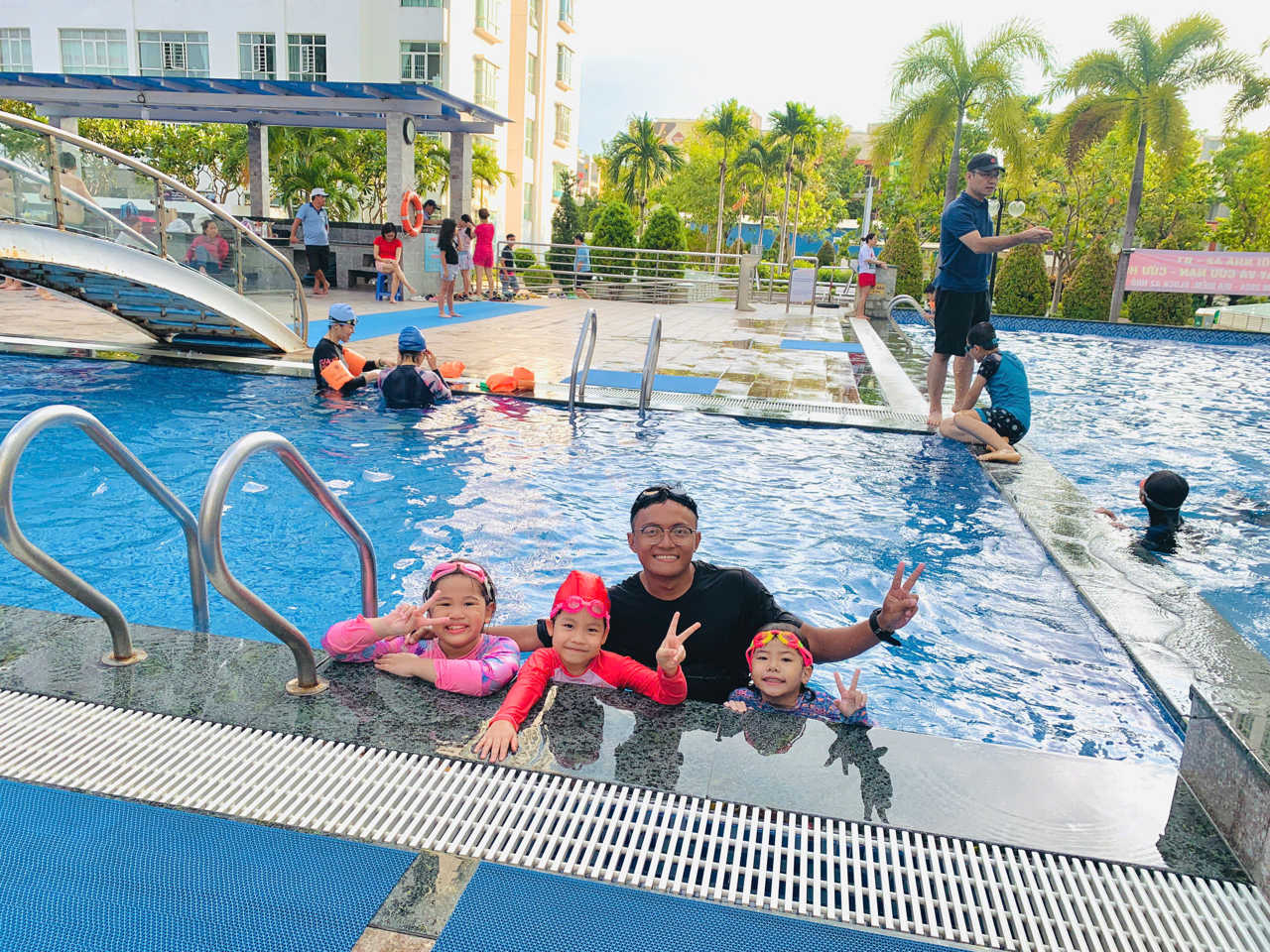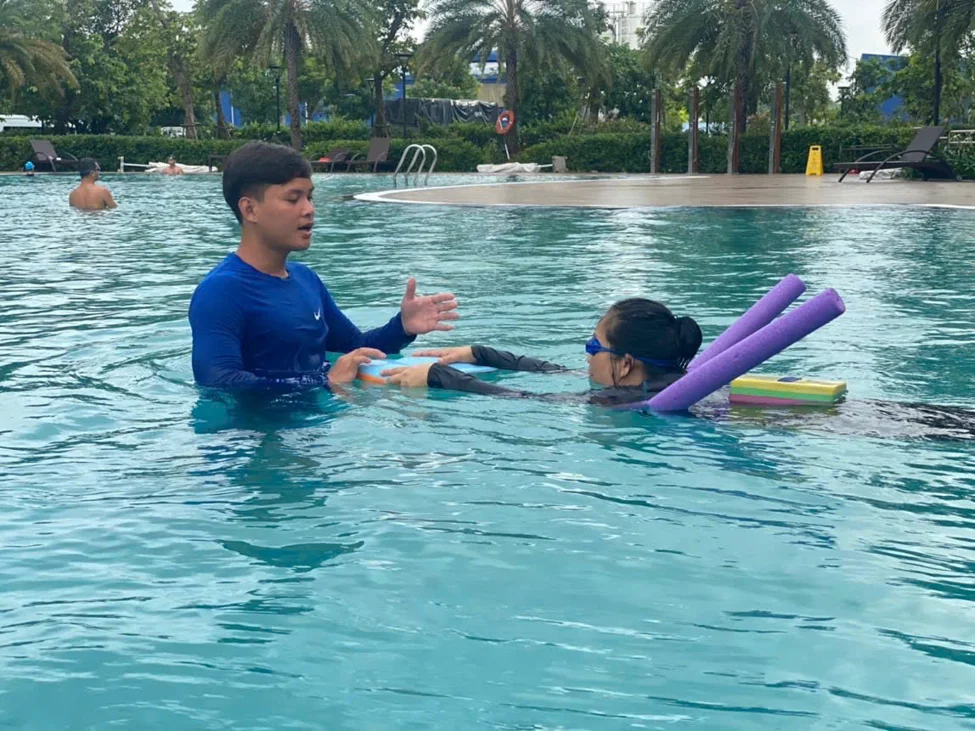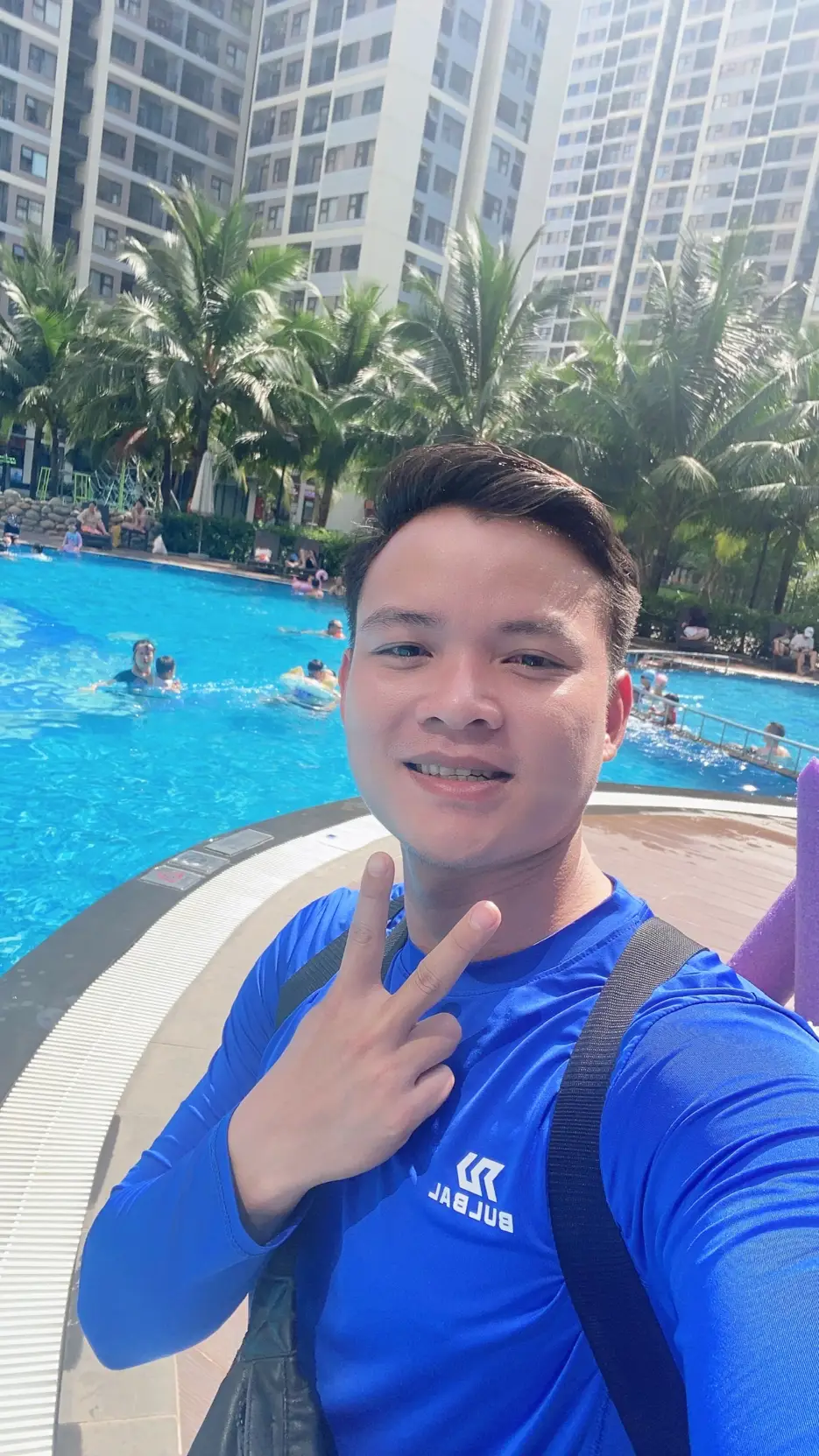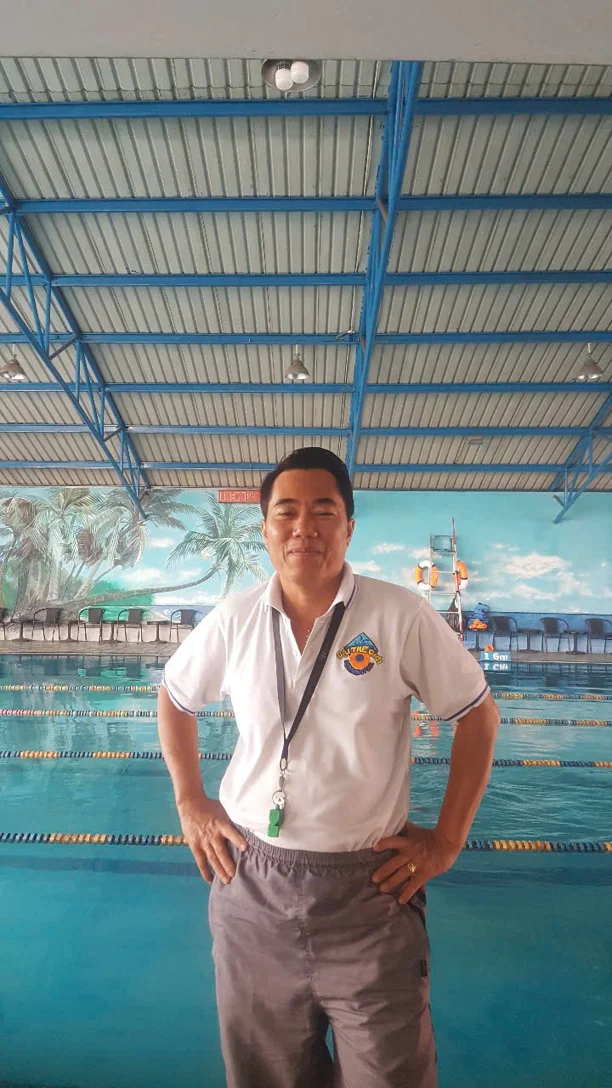
Swimming
Project Class
Learn to Swim with Professional Coaches - Safe, Fast
₫ 3,000,000
Languages
Vietnamese, Korean, English
Type
1:1 Lessons
Frequency
Fixteen sessions
Session Time
02 hours
Location
Ho Chi Minh District 10
Days
Tuesday / Thursday / Saturday
Start Time
06:00 / 07:00 / 08:00 / 09:00 / 10:00 / 11:00 / 12:00 / 13:00 / 14:00 / 15:00 / 16:00 / 17:00 / 18:00 / 19:00
Class Description
Price Info
Seller Info
Feedback
Class Description
🥽 The swimming course is designed for both adults and children, suitable for all levels – from those who have never been in the water to those who know basic swimming but need to improve their technique. The teaching method is student-centered: the instructor closely follows each student throughout the learning process, ensuring that each step is thoroughly guided from psychology, technique, to practice in a real environment.
Classes are held in the afternoon from 1 PM to 8 PM on weekdays. Only Saturday and Sunday will have classes all day to accommodate students with fixed work schedules. Students can choose to learn 1:1 or in small groups (2–4 people) to increase effectiveness and comfort during practice.
In addition, the course does not just stop at "knowing how to swim," but also focuses on swimming with the correct technique, breath control, and handling situations when encountering emergencies in the water – this is very important for both children and adults.
#SwimmingClass#LearnSwimmingFromBasics
Class Target
- Children from 4 years old and above need to get acquainted with and learn water survival skills
- Adults who do not know how to swim or have a fear of water
- Students need to improve their swimming technique to be correct, beautiful, and safe
- Suitable for individuals or families to register in small groups
Class Progress
Course with a clear roadmap for each stage:
Stage 1 – Getting acquainted with water
Practice psychological skills such as getting used to depth, relaxing the body, holding breath underwater, and proper mouth-nose breathing. Learn basic floating and gliding techniques.
Stage 2 – Learning basic techniques
Detailed guidance on frog swimming technique – a swimming style suitable for beginners because it is easy to perform and energy-efficient. Combine hand, leg movements, and breathing rhythmically and effectively. Practice reflexes to handle water entering the nose, ears, or mouth.
Stage 3 – Training and application
Practice long-distance swimming, maintain good balance, increase endurance, and regulate breathing while swimming. At the same time, learn safety skills such as basic lifesaving swimming, how to float in emergencies, and navigation in water.
👉 The learning schedule will be flexible according to the afternoon or weekend hours, ensuring it does not affect the students' work or studies.
Buyer Preparation
To ensure that the swimming lesson is effective and comfortable, students please prepare the following items in advance: Appropriate swimwear: For males: Tight-fitting swim trunks to facilitate movement in the water (avoid loose shorts or wide beach pants that hinder movement). For females: It is advisable to choose a one-piece or two-piece swimsuit that fits snugly and allows for easy movement. Children need swimwear that is the right size and has good elasticity. ✅ Note: Do not wear cotton clothing or thick fabrics that absorb water as they will weigh you down and make it difficult to practice. Swimming goggles: Goggles help protect the eyes from pool water (which contains chlorine) and also make students more comfortable when practicing diving, floating, and moving underwater. It is recommended to choose goggles that fit snugly around the eyes with a secure strap. Swimming cap: Depending on the pool's requirements (many pools require wearing a swimming cap to ensure hygiene), students should prepare a silicone or stretchy fabric swimming cap to keep hair tidy, facilitate swimming, and maintain overall cleanliness. Towel and change of clothes after the lesson: After each training session, students should dry off immediately to avoid catching a cold. It is advisable to bring a separate bag for wet items for easy storage. Slippers for the pool area: Students should wear their own slippers when moving around the pool area for safety and to avoid slipping.
Note
- Fixed teaching hours: From 1 PM to 8 PM on weekdays. Classes on Saturday and Sunday are all day. This is the main working time of the teacher, so classes will be scheduled during this period.
- Register in advance to secure a schedule: Students should contact at least 1–2 days in advance for consultation and to arrange a study schedule that meets personal needs. Avoid fully booked schedules on weekends or peak hours.
- About tuition fees: Depending on the number of classes and the form of study (individual/group), tuition fees will be discussed specifically upon registration. The teacher always prioritizes quality – not quantity, so classes are not too crowded and students receive close attention.
- Policy on rescheduling classes: In case of force majeure (heavy rain, illness, sudden work...), students need to inform in advance to receive support for rescheduling. The teacher always tries to be flexible and provide maximum support to ensure the best learning progress.
- The total tuition fee for the course is 4,000,000 VND with an average frequency of 3 classes/week. This is the appropriate time for most students to master basic swimming skills such as: floating – gliding – breathing correctly – swimming a short distance safely. Although there is no specific limit on the number of classes, to ensure the quality of learning and effective progress, the teacher will accompany closely throughout the process from getting used to the water until the student can swim confidently. In case students need more practice after 16 classes, the teacher will continue to support teaching for an additional 2–3 weeks (without additional tuition fees) to help students perfect their skills and achieve the best results.
Class Options
2
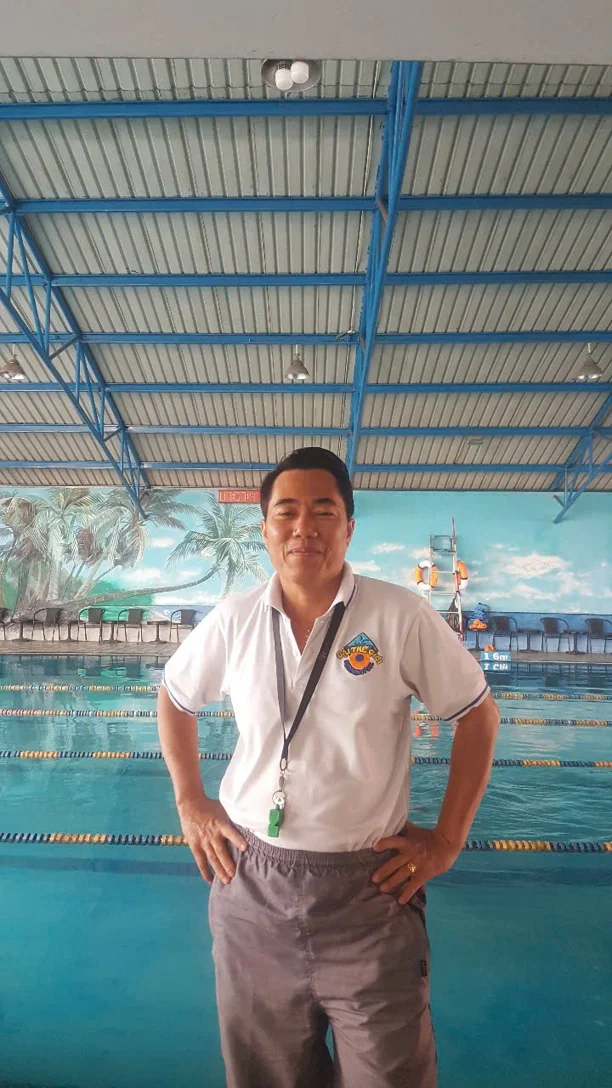
Reputable swimming lessons at home for children and adults. Safe, easy-to-understand methods, flexible timing. Guaranteed to know how to swim after the course. Available for lessons at family pools and apartments. Contact us now for free consultation and to schedule lessons! 🏊♂️💧
5
4
3
2
1
There are feedbacks.
NewestStar Rating

